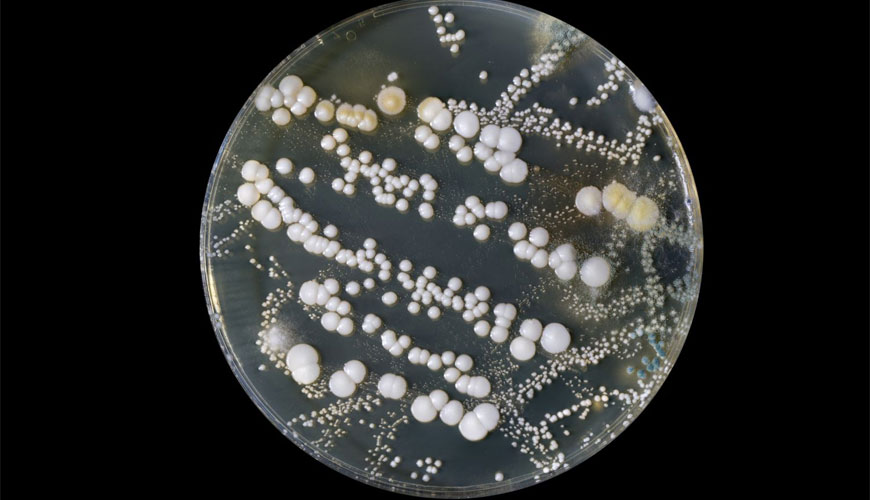

Under the right conditions, microbes can grow very quickly. This is generally a bad thing for people. It is important to know about their growth so that under certain conditions their growth can be predicted or controlled. For multicellular organisms, growth is typically measured in terms of increase in size of a single organism, while microbial growth is measured by increase in population by measuring the increase in cell number or total mass.

Because bacteria are easy to breed in the laboratory, their growth has been extensively studied. In a closed system or batch culture, bacteria were determined to grow in a predictable pattern, resulting in a growth curve consisting of four different growth phases: lag phase, exponential or log phase, stationary phase, and death phase. This growth curve also gives the production time for a given organism, that is, the time it takes for the population to double.
Temperature, humidity, pH levels, and oxygen levels are the four major physical and chemical factors that affect microbial growth. In most cases, temperature and humidity are the most influential factors.
Microbial growth is a complex series of chemical reactions. Chemical reactions that occur in bacterial or fungal cells are directed at either:
Microbial growth is taken into account for the observation of living cell activities. It is important to monitor cell growth and biological and biocatalytic activities in cell metabolism. Various methods exist to predict cell growth by direct or indirect measurements. Some of these methods are more complex than others. If some consistency in measurements is compromised, the simplest methods are sufficiently accurate and widely used.
Cell dry weight, cell optical density, cell turbidity, cell respiration, metabolic rate and metabolites are well suited to analyze cell growth. Among these, the three best-known methods are to observe and count bacteria, measure wet or dry mass, and measure turbidity. One of the most common methods applied to measure bacterial growth is turbidity measurement. A spectrophotometer is used for this.
Our organization also provides microbial growth rate analysis services with its trained and expert staff and advanced technological equipment, among the numerous test, measurement, analysis and evaluation studies it provides for businesses in various sectors.
To get an appointment, to get more detailed information or to request an evaluation, you can ask us to fill in our form and reach you.